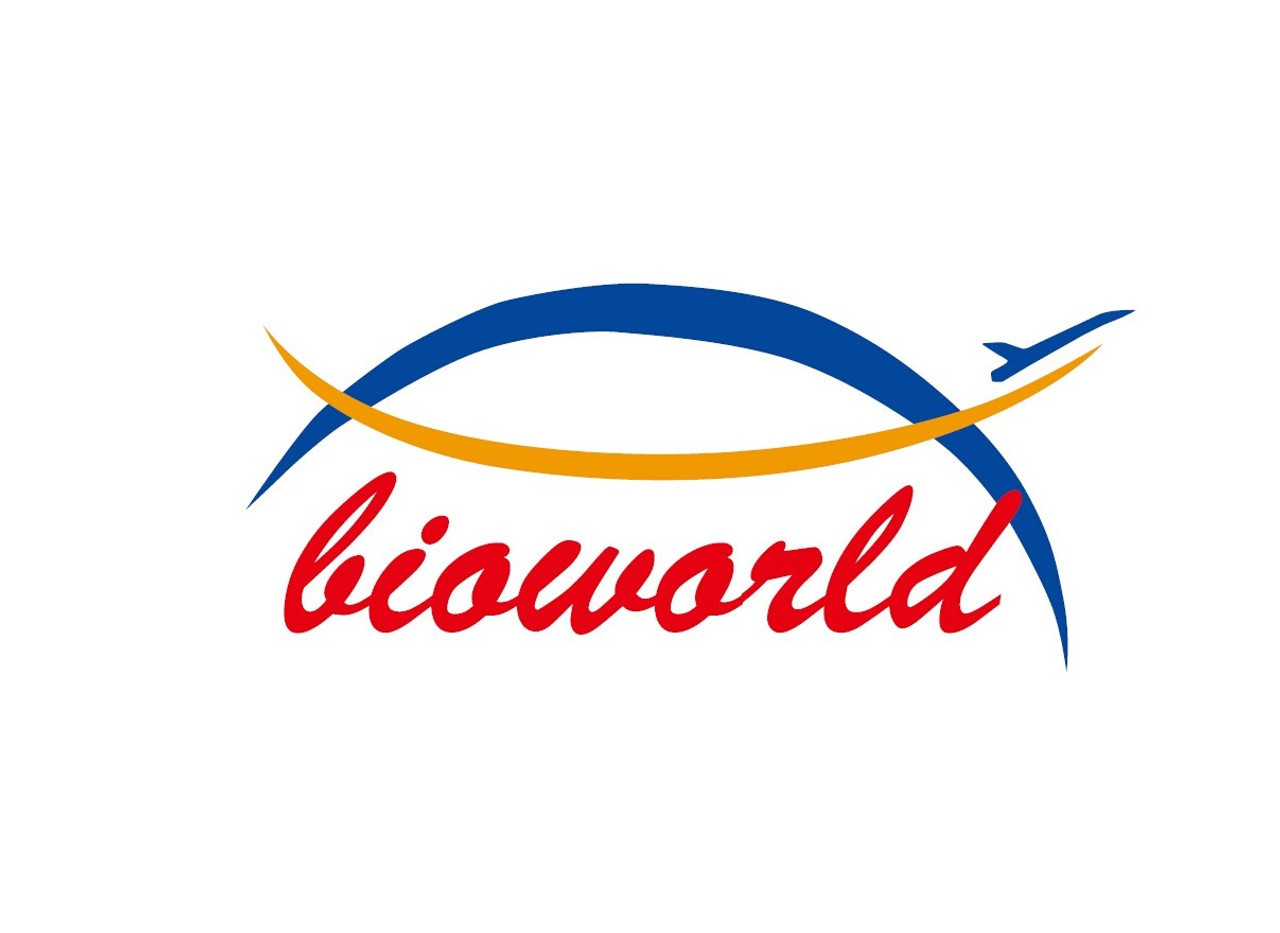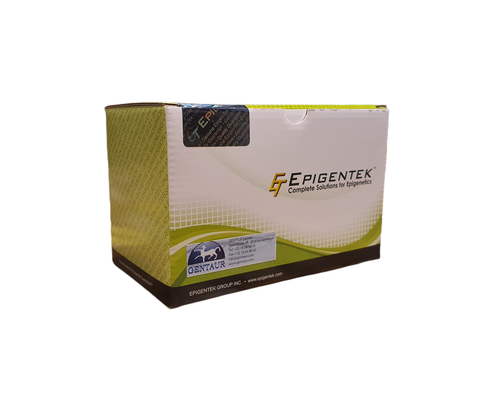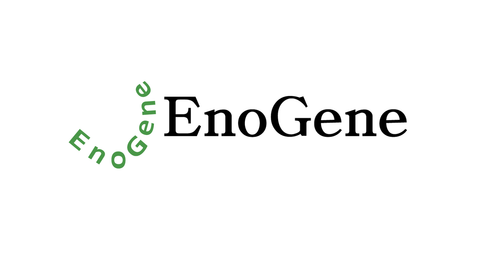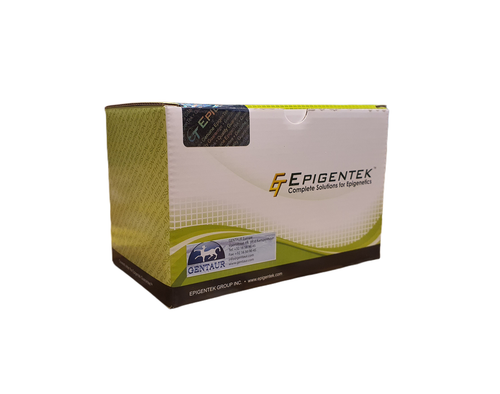Product Description
AGT polyclonal Antibody | BS8097 | Bioworld
Host: Rabbit
Reactivity: Human,Mouse
Application: WB,IHC,IF
Application Range: WB 1:500 - 1:2000 IHC 1:50 - 1:200 IF 1:50 - 1:200
Background: Angiotensin is formed from a precursor, angiotensinogen, which is produced by the liver and found in the a-globulin fraction of plasma. The lowering of blood pressure is a stimulus to secretion of Renin by the kidney into the blood. Renin cleaves from angiotensinogen a terminal decapeptide, Angiotensin I (Ang I) . This is further altered by the enzymatic removal of a dipeptide to form Angiotensin II (Ang II) . Screening a panel of human-mouse somatic cell hybrids confirmed the assignment of the AGT locus to human chromosome 1. Angiotensin, an octapeptide hormone, is an important physiological effector of blood pressure and volume regulation through vasoconstriction, aldosterone release, sodium uptake and thirst stimulation. It has been shown that mechanical stress causes release of Angiotensin from cardiac myocytes and that Angiotensin acts as an initial mediator of the hypertrophic response. Angiotensin treatment also stimulates phosphorylation of Shc, FAK and MAP kinases and induces MKP-1, indicating stimulation of growth factor pathways. Angiotensin stimulation through AT1 has been shown to activate the JAK/Stat pathway involving a direct interaction between JAK2 and AT1 as demonstrated by co-immunoprecipitation.
Storage & Stability: Store at 4°C short term. Aliquot and store at -20°C long term. Avoid freeze-thaw cycles.
Specificity: AGT polyclonal Antibody detects endogenous levels of AGT protein.
Molecular Weight: ~ 53 kDa
Note: For research use only, not for use in diagnostic procedure.
Alternative Names: Angiotensinogen; Serpin A8; AGT; SERPINA8
Immunogen: Recombinant full length Human AGT.
Conjugate: Unconjugated
Modification: Unmodification
Purification & Purity: The Antibody was affinity-purified from rabbit antiserum by affinity-chromatography using epitope-specific immunogen and the purity is > 95% (by SDS-PAGE) .
Pathway:
 Euro
Euro
 USD
USD
 British Pound
British Pound
 NULL
NULL








